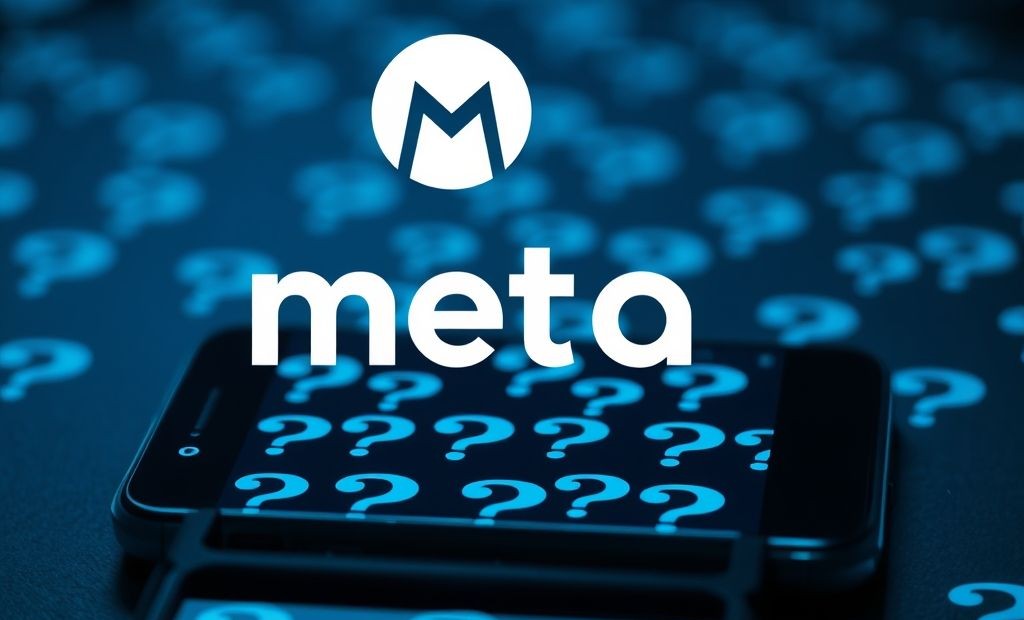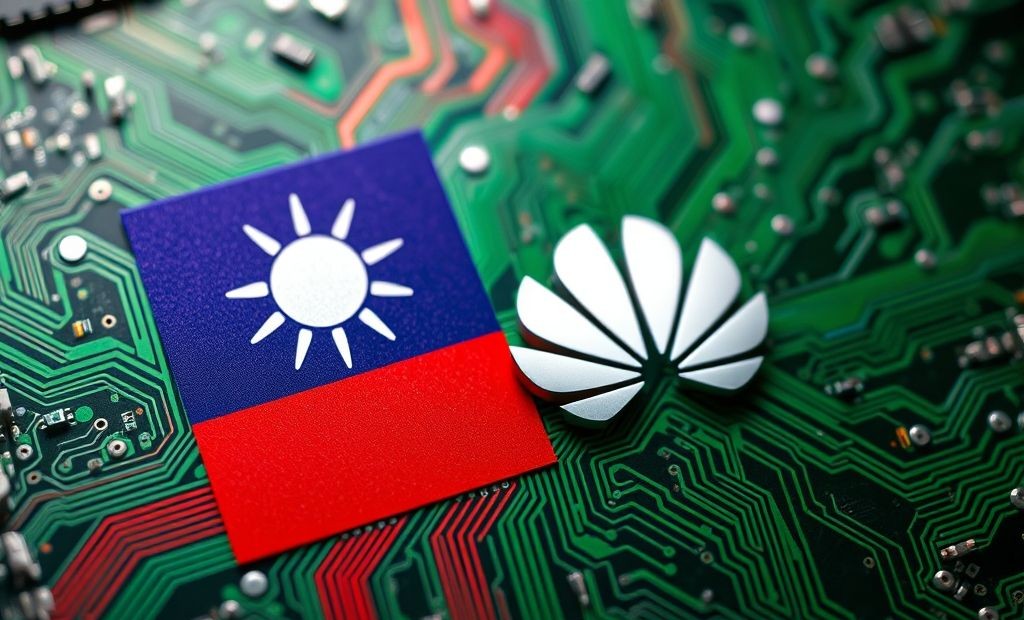Instagram Tests a Reposts Feature
Instagram is currently testing a new feature that allows users to repost content from other accounts directly to their feeds. This feature aims to enhance content sharing and engagement within the platform.
How the Repost Feature Works
The repost feature, still in its testing phase, functions similarly to retweets on Twitter. Users can share posts, reels, and other content they find interesting with their followers. Here’s a breakdown of how it’s expected to work:
- Users will see a “Repost” option when viewing a post from another account.
- Tapping the “Repost” button will allow users to add their own commentary or share the post as is.
- The reposted content will then appear on the user’s feed, attributed to the original poster.
Benefits of the Repost Feature
Instagram’s new repost feature offers several potential benefits:
- Enhanced Content Discovery: It makes it easier for users to share interesting content with their followers, increasing the visibility of original creators.
- Increased Engagement: Reposting can spark conversations and interactions, as users discuss the shared content.
- Simplified Sharing: The native repost feature eliminates the need for third-party apps or workarounds to share content, streamlining the user experience.
Potential Drawbacks
Despite the advantages, the repost feature may also have some drawbacks:
- Content Overload: Users’ feeds could become cluttered with reposted content, potentially overshadowing original posts.
- Attribution Concerns: Ensuring proper attribution and preventing misinformation will be crucial to maintain content integrity.
- Copyright Issues: Copyright infringement could become a more significant issue if users repost content without permission.










